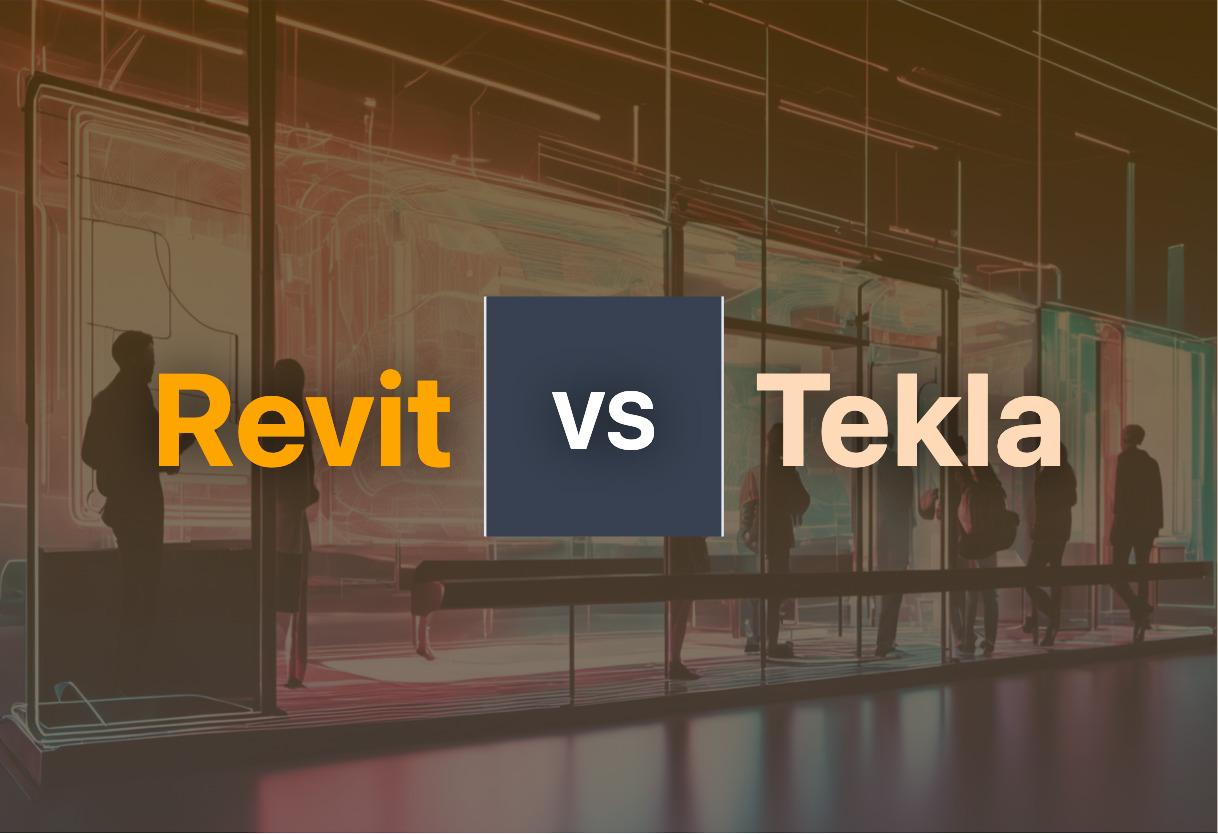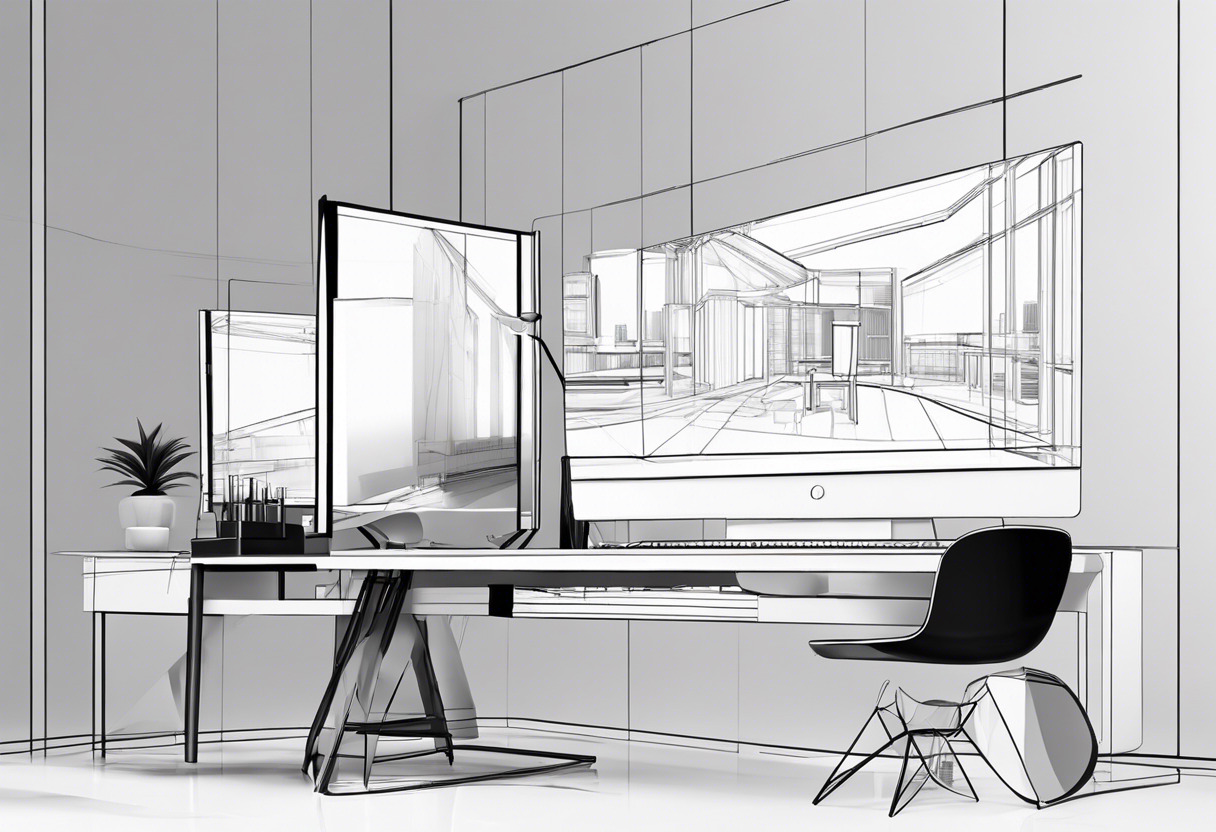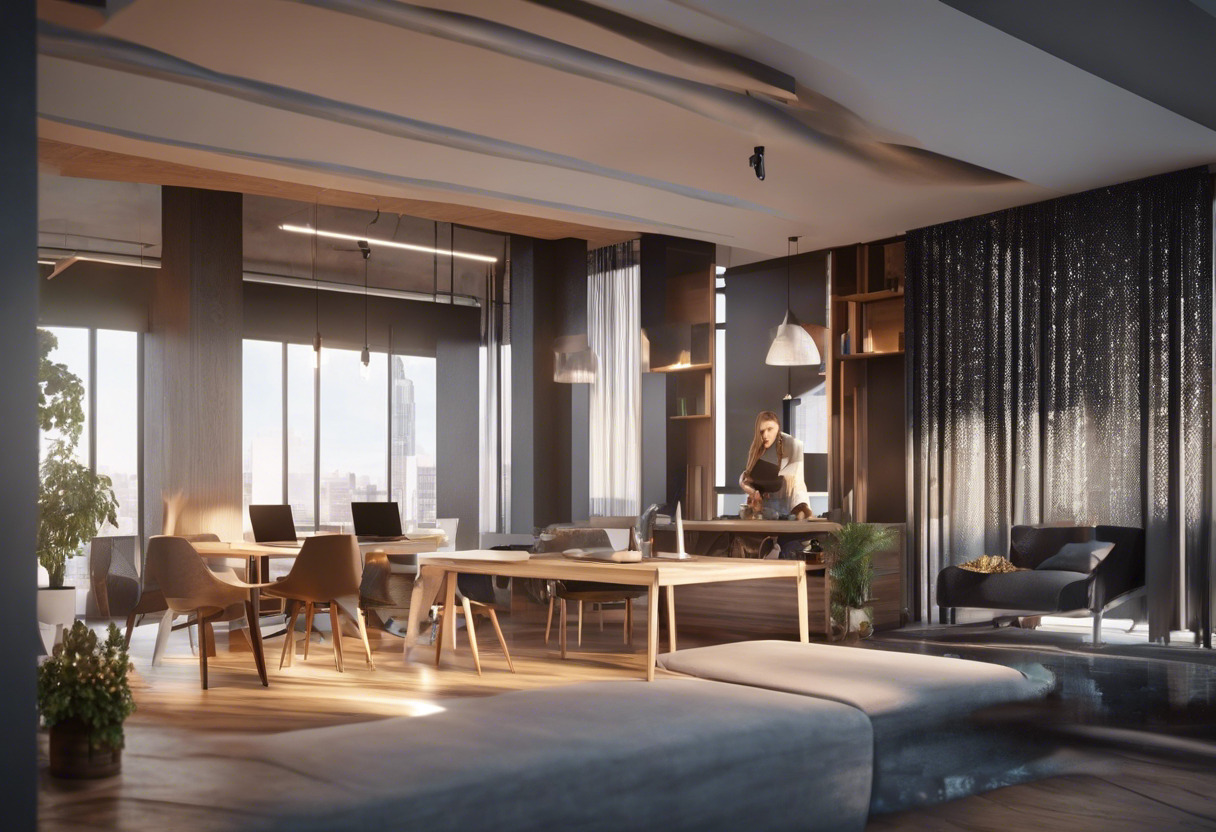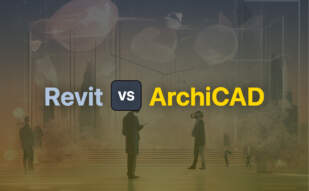For extensive design collaboration, opt for Autodesk Revit. It favors architects, contractors, and multi-discipline teams needing comprehensive BIM tools, cloud-based access, and well-rounded 4D parametric modelling. Prefer efficiency and streamlined structure optimization? Tekla scores with its powerful FE engine, gravity-lateral design system, and excellent syncing with Revit.

Key Differences Between Autodesk Revit and Tekla
- Target Users: Revit is better for architects and designers. Tekla suits fabricators and contractors.
- Capabilities: Revit excels at 4D parametric modeling, Tekla focuses on structure optimization.
- Price: Revit offers subscription models between $25 and $120 per month. Tekla’s pricing is undisclosed.
- Integration: Both tools offer compatibility with each other, however, Revit provides broader interoperability with Autodesk software.
- Analysis Tools: Tekla incorporates Finite Element (FE) engine for accurate simulations. Revit has energy analysis for sustainability design.
| Comparison | Revit (Autodesk) | Tekla (Structural Designer) |
|---|---|---|
| Intended For | Architects, Landscape Architects, Structural, Electrical, Plumbing Engineers, Designers, Contractors | Architects, Fabricators, Contractors |
| 3D Design Components | Yes | Physical Modeling |
| Collaboration | Yes | Yes |
| Multi-user Model Support | Yes | Simultaneous User Capacity |
| Competitors | Tekla Structures, Trimble, Bentley Systems, Nemetschek Group | Revit |
| Major Uses | 3D Modeling Workflow | Efficient Building Design |
What Is Revit and Who’s It For?
Revit, a potent CAD building information modeling software, was first unleashed on April 5, 2000, by Autodesk. The software’s diverse origination traces back to Charles River Software in 1997, and then rechristened as Revit Technology Corporation in 2000. Revit invites meticulous creation of design elements in both 2D and 3D. It’s a trove for architects, landscape architects, structural engineers, electrical and plumbing engineers, designers, and contractors.

Pros of Revit
- Parametric Modeling for 2D/3D info.
- Automation updates entire model as changes are made.
- Facilitates Collaboration and Coordination with teams.
- Offers Energy Analysis for sustainable design.
- Generates Construction documentation swiftly.
Cons of Revit
- Monthly subscription-based pricing.
- Steep learning curve for beginners.
- Limited interoperability with non-Autodesk software.
What Is Tekla Structural Designer and Who’s It For?
Tekla Structural Designer sets a new standard for efficient structural design by integrating analysis, design, and BIM. It employs physical modeling to ascertain accurate simulations. The software graciously simplifies intricate tasks such as wind loading. Tekla Structural Designer is embraced by architects, fabricators, contractors, and anyone involved in the optimization of buildings and structures.

Pros of Tekla Structural Designer
- Robust FE engine for accurate simulations.
- Automated optimization for steelwork and reinforcements.
- Transparent analysis results.
- Extensive structural design features for materials like steel, concrete, timber, and glass.
Cons of Tekla Structural Designer
- May not handle complex geometric structures as efficiently.
- Additional learning required for non-engineering individuals.
Revit or Tekla – The Expert Verdict
In the intricate realm of CAD software, Revit and Tekla stand tall. But which to adopt?
Architects & Designers
Opinionatedly, Revit trumps for architects and designers. Its lustrous 3D design capabilities, parametric modeling, and automation upshot make it a go-to choice for those seeking design-driven functions. Plus, sophisticated rendering plugins cater to immaculate presentations.
Engineers & Contractors
The Tekla Structural Designer outshines for engineers and contractors, offering integrated analysis, design, and BIM for comprehensive project handling. It uncovers detailed insights into gravity and lateral systems, automated steelwork, and reinforcement design, providing unrivaled structural know-how.
Multi-disciplinary Teams
When multidisciplinary collaboration is key, Revit wins. Multifunctional teamwork is streamlined and real-time team collaboration in VR settings is a valuable add-on for those working in diverse groups.
A succinct wrap-up: Revit, with its unique blend of 3D modeling and automation aspects, speaks volumes to architects and designers, while Tekla’s keen focus on structural analysis and design make it a winner among engineers and contractors. Yet, the multi-user model environment that Revit presents is unbeatable for multidisciplinary teams, warranting its edge in the realm.
Hannah Stewart
Content writer @ Aircada, tech enthusiast, metaverse explorer, and coffee addict. Weaving stories in digital realms.





